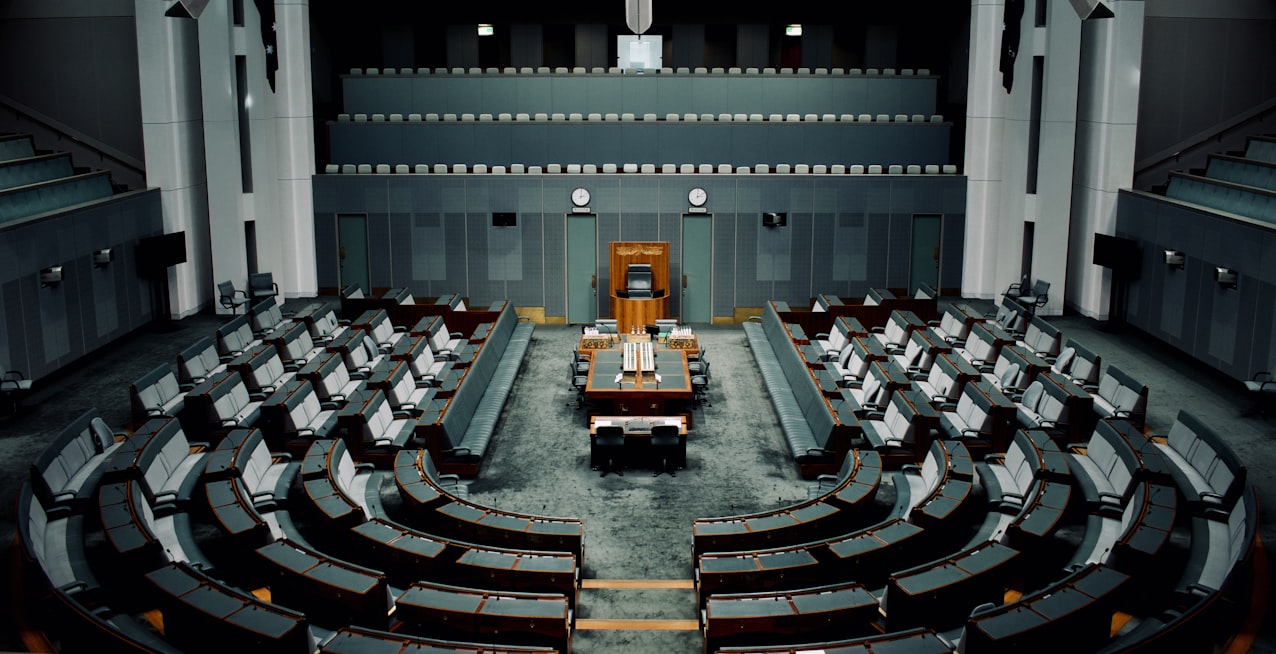Today’s release of the Queensland Resources Council’s (QRC) annual Economic Contribution Report has revealed the resources sector delivered a record $116.8 billion in economic benefits to the state economy in 2022-23 and supported over half a million local jobs.
This is $22.2 billion more than the previous financial year and represents one in every four dollars spent in Queensland.
QRC Chief Executive Ian Macfarlane said the figures show what’s at risk from the Queensland Government’s sudden and unprecedented introduction of the world’s highest coal royalty taxes on the sector, which is deterring investment in new, greenfield projects.
“Queensland’s current prosperity is the result of decades of past investment by mining and energy companies from all around the world as well as by companies based right here,” he said.
“Unless that level of large-scale, long-term investment continues, Queensland’s economy is going to look very different in the future. We shouldn’t be giving companies a reason not to invest here.
“To put it this perspective, coal companies accounted for 72 per cent, or $83.7 billion, of our sector’s total contribution to Queensland’s Gross Regional Product (GRP) in the past financial year and they continue to be our industry’s largest employer of Queenslanders.”
Mr Macfarlane said the 2022-23 Economic Contribution report shows an increase in the resources sector’s contribution to Queensland across every key indicator.
“The total number of direct and indirect jobs supported by the resources sector jumped from 450,000 to more than 532,000 over this 12-month period, accounting for one in every six Queensland jobs,” he said.
“Mining and energy companies spent a total of $33 billion buying goods and services from nearly 16,000 Queensland businesses and supporting over 1,400 local charities and sports clubs.
“The direct spend by the metals mining industry on local businesses and charities rose by 41 per cent, and the number of jobs supported by gas producers increased by 18 per cent.”
Mr Macfarlane said a strong resources sector was crucial to Queensland’s continuing prosperity and to funding government services and infrastructure such as roads, police, hospitals and schools.
He said the dark cloud on the horizon was the government’s decision last year to ‘kill the golden goose’ by introducing excessive new taxes on coal producers, which had effectively put a handbrake on new investment across a range of commodities.
The world’s largest mining company BHP has already announced it will not invest in any new growth projects in Queensland while the current royalty regime is in place.
Mr Macfarlane said the annual ‘nest egg’ generated for the Queensland economy by the resources sector is at risk unless the government is prepared to reconsider its decision to increase coal royalty taxes to globally uncompetitive levels.
“Queensland’s excessive tax on coal producers is out of step with the rest of the world and has given companies a reason not to invest in new projects here,” he said.
“Coal royalty tax revenue exceeded $15 billion last financial year, and Queensland Government estimates conservatively indicate it will be at least $5 billion this year, but it is likely to be much higher.
“Payments by resources sector companies to the Queensland Government more than doubled last financial year.
“Royalties alone jumped from $8.9 billion to $18.1 billion and that’s before you add land and payroll taxes, transfer duties and other regulatory costs imposed by the State Government.
“Suddenly ripping this amount of money out of a cyclic, commodity-based industry like the coal sector in just two years is a big mistake and has been poorly received by the market.
“Under the former tax regime, coal producers would have paid about $14 billion in royalties over this period, so it’s about an extra $6.5 billion impost on the sector in just two years.
“This is from a government that promised no new taxes before the last election.
“If the government wants the resources sector to continue to support economic growth and jobs, it needs policies that encourage new investment and stimulate a pipeline of new projects in the years and decades to come.
“Right now, that’s not happening because of a policy decision that has seriously undermined Queensland’s reputation as a safe and reliable destination for investment in new projects.”







